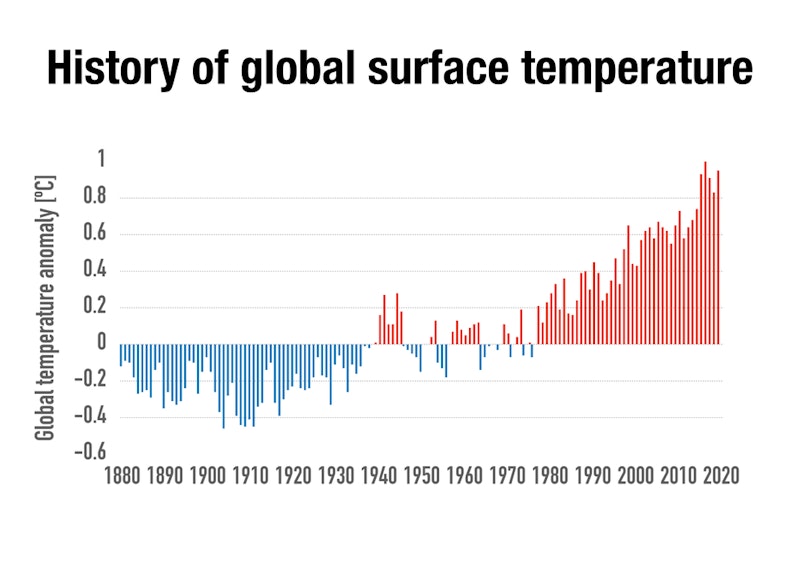Study Notes
GCSE Geography | The Quaternary Period ( Climate Change 1)
- Level:
- GCSE
- Board:
- AQA, Edexcel, OCR, Eduqas
Last updated 19 Jul 2023
The Quaternary period stretches from 2.6 million years ago to the present day - a time that has been a global drop in temperature and the beginning of the most recent ice age. It is part of the Cenozoic Era.
The last 2.6 million years is known as the quaternary period – during this timescale global temperatures have fluctuated a great deal – with a gradual cooling overall. The cooler periods are known as glacial periods – during this time ice covered much of the UK, and the warmer periods are known as interglacials.
Glacial periods lasted approximately 100,000 years, with thick ice expanding across the globe, which would then retreat as interglacial periods began, which would last for around 10,000 years.
These changes can be evidenced by extracting ice cores – when fresh falls of snow become buried they trap and preserve evidence of the global temperature at that time and this can be accurately dated to plot graphs that show temperature patterns from as far back as 400,000 years ago.
Some people refer to the whole of the Quaternary period as an ice age because of the permanent ice sheets on Antarctica and Greenland.

However today our average temperature is higher than during almost all of the last 400,000 years. Since 1880 the average global temperature has risen by 0.85°C – most of this has happened since 1970. You can see this dramatic increase in global temperatures on the graph below.

You might also like
Is our recent heatwave linked to climate change?
4th July 2017

Heavy flooding kills hundreds in South Asia
30th August 2017
Climate change affects women more
10th March 2018
Could an increase in UK car tax help our changing climate?
28th June 2020
The USA pledges to cut carbon emissions
24th April 2021

Adapting to Climate Change Across East Asia and the Pacific
8th November 2022
